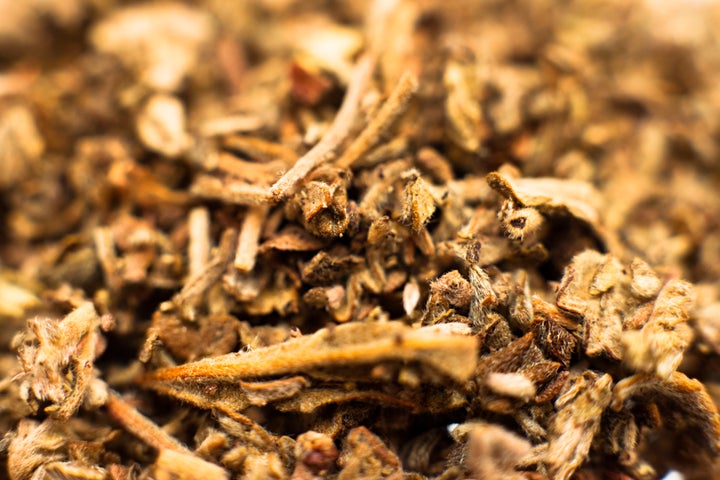
City councils are discouraging the public from taking photographs of people high on Spice, as websites devoted to shaming users of the drug grow in popularity.
Sheffield City Council said Spice, a potent synthetic cannabis, could be “distressing for both the user and members of the public” and that residents should be “compassionate by not taking photos”.
It follows a number of viral photographs and videos were posted on social media showing people slumped and motionless after apparently consuming Spice in towns and cities across the country.
One Facebook page, seen by HuffPost UK, is dedicated to publishing clips of users who appear in various states of distress. The page regularly shares contributions from members of the public and has gained thousands of followers on the social network.
Local authorities in Birmingham, Bristol and Leeds also told HuffPost UK they too encourage residents to show compassion for users whilst also protecting their own safety.
A Birmingham City Council spokesperson said: “We would always encourage members of the public to come forward and seek medical advice for anyone that they had concerns over. If someone is engaging in erratic behaviour, then to be mindful of their own safety before offering assistance.”
The warnings have been welcomed by drug and addiction charities.
“This is good because the councils are showing absolute compassion for the people who are under the influence of Spice,” Rachel Britton, a lead clinical pharmacist at the charity Addaction, said.
“Taking pictures and posting them on social media does two things. Firstly it scares people, these images aren’t pretty, they are of people who are in a state of intoxication.
“Secondly, and most importantly for us as a charity which wants to support people with drug issues, it is mocking those individuals who need help.”
The effects of Spice, which was outlawed under the Psychoactive Substances Act in 2016 and is now a Class B drug, can make people appear “frozen”.
Charities have warned that, while in this state, users are vulnerable to robbery, violence and sexual assault.
People using Spice display more dramatic symptoms than those who use natural cannabis.
The tabloid press has controversially branded Spice users “zombies” and dubbed the steady increase in its use an “apocalypse”.
Police in Manchester warned last year that making Spice illegal meant it could no longer be “controlled”.
A Home Office spokesperson said: “We recognise how dangerous synthetic cannabinoids, such as those supplied under the brand name Spice, can be and the devastating impact that they can have on communities, families and the individuals taking them.
“That is why we acted to control these substances as Class B drugs under the Misuse of Drugs Act and give the police the powers they need to take action, including making possession illegal and delivering longer sentences for dealers.
“Following two previous changes to legislation, the most recent controls for ‘third generation’ synthetic cannabinoids only came into effect in December 2016. However, as with all controlled drugs we will continue to monitor their impact.”
What is Spice?
Spice emerged as a “legal high” in 2004, and began making headlines several years ago after its use became prevalent in prisons and among recreational users.
Legal highs were linked to a sharp rise in inmate violence and deaths in Britain last year, with warnings that drugs such as Spice were triggering psychotic episodes and even suicide.
Spice is a synthetic cannabinoid – often referred to as synthetic cannabis or man-made marijuana.
Dr Oliver Sutcliffe, senior lecturer in psychopharmaceutical chemistry at Manchester Metropolitan University, explained to HuffPost UK last year how synthetic cannabinoids work on the body.
“Man-made cannabinoids were either designed by chemists to probe the cannabinoid receptor which is in every cell in your body [for potential therapy], or also to develop molecules that could be used to wean people off cannabis addiction,” Dr Sutcliffe said.
“Now, with the internet, and access to literature, people are looking at compounds that are active on the cannabinoid receptor and whether they get around the Misuse of Drugs Act.
“The cannabinoid receptor is like a lock, and a natural cannabinoid, say found in cannabis, will fit into that lock like a key, it will turn and produce a response.
“This is the same with synthetic cannabinoids, which may not look the same, yet they will still go into the lock but may even be efficient at fitting into the lock and producing a response.
“So you may get a more pronounced response because it fits in better. And if you have more, a greater concentration, you will get to a point where it will have a huge effect - before it becomes toxic.”
